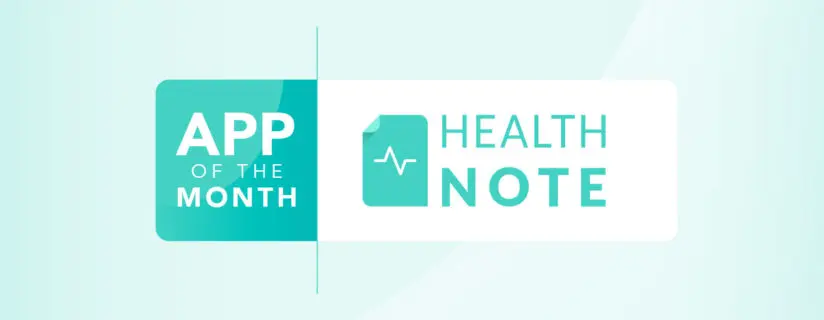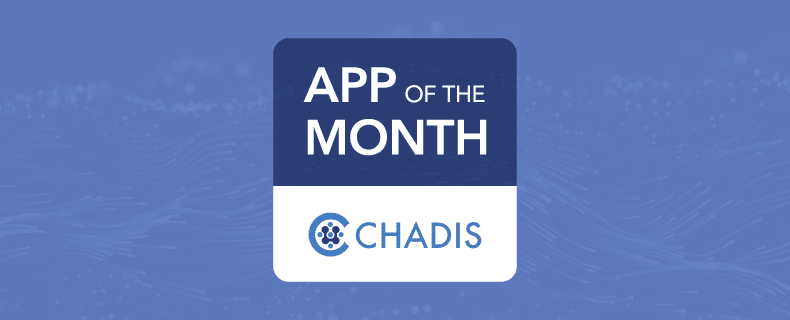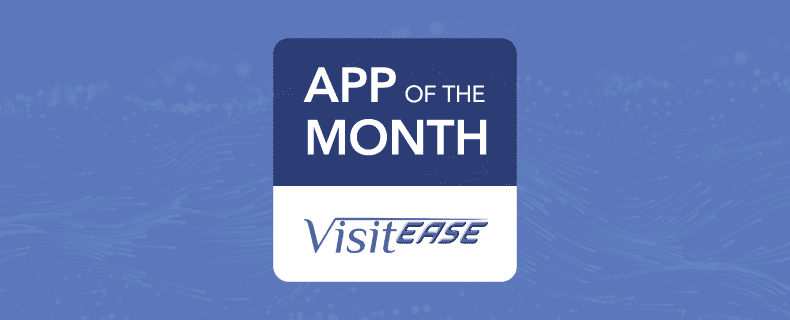Blog Posts
Three capabilities your organization needs from a patient engagement platform


Patients are increasingly seeking easy, engaging experiences from healthcare organizations. And a key tool in meeting these new demands is the patient engagement platform.
According to a CHIME survey, 83% of acute care organizations and 88% of ambulatory care organizations report that more than a quarter of patients have accessed these platforms in the past year. Similarly, data from the Office of the National Coordinator for Health IT (ONC) shows steady growth in utilization of patient engagement platforms over a six-year period.
Now that these solutions have gained traction, what are some of the top capabilities to look for? Consider these three when selecting the right platform for your organization:
1. Putting the patient at the center of care
When thinking of the most consumer-friendly businesses across all industries, personalization driven by data is a common thread. (E.g., predicting buyer behavior based on previous purchases.) In healthcare, however, this is not a given due to the lack of interoperability across electronic health records (EHR) systems. EHR-agnostic patient engagement platforms can help healthcare organizations circumvent this barrier to personalized patient care by aggregating information from any EHR into one universal record. This is especially important with the shift to patients’ ownership of their own healthcare data.
Additionally, providers have the opportunity to leverage patient-generated data at unprecedented levels. Research from Deloitte indicates that the average U.S. household has 25 connected devices and 39% of consumers own a smartwatch or fitness tracker. With a patient engagement platform capable of integrating with these technologies, providers can tailor care to individuals at a more granular level.
2. Automating outreach
Consumers are often looking for seamless, intuitive experiences, but healthcare has a reputation for being complex, if not confusing. However, healthcare organizations can remove the guesswork for patients with platforms that leverage automation for communication purposes.
Consider a patient undergoing surgery. With automation, healthcare organizations can push everything from eating instructions to documents that need signing to the patient’s smartphone at the right time. Having all the information available through one point of access, at one’s fingertips, can help bring peace of mind to the patient before the procedure.
For ambulatory organizations, this capability can help patients remain compliant with their care plans as well. Automated reminders can prompt patients to schedule an appointment if they are overdue for a screening or when it’s time to request refills for prescriptions, for example.
3. Enabling family member and caregiver involvement
Caregivers provide vital support to friends and family members. Approximately one in five adults in the U.S. are caregivers for an adult or child, and this number may increase as the aging population grows. However, many caregivers do not feel like they can adequately fulfill their roles, in part due to gaps in knowledge. One study found that 41% of caregivers say they do not have enough information about their friends’ or family members’ health conditions and treatment plans to be helpful.
Patient engagement platforms that connect caregivers to their loved ones’ ambulatory and/or acute care information can help empower them and feel more involved in the care journey. (All while remaining compliant with the Health Insurance Portability and Accountability Act, or HIPAA, of course.) When providers can push notifications to those authorized family members and friends, everyone can be on the same page and better focus on the patient’s care.
Looking for the right patient engagement solution for your organization? Learn more about FollowMyHealth® here.












